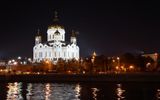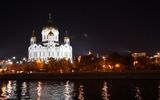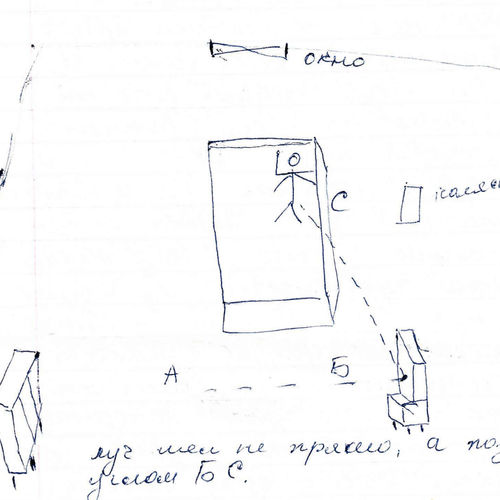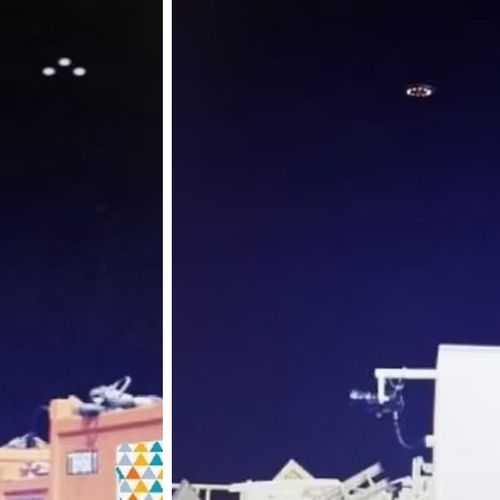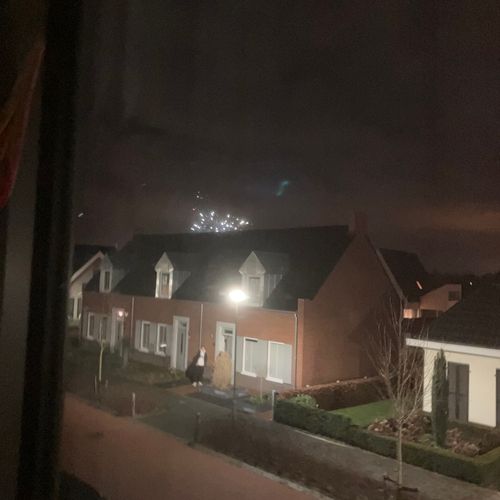| ID | #1482695635 |
| Added | Sun, 25/12/2016 |
| Author | July N. |
| Sources | Лариса Ярмак
|
| Phenomena | |
| Status | Result
|
| Resume |
Initial data
Sunday, October 19, 2014, we were approached by a resident of Moscow Larissa Yarmak:
"On 7 October in the evening (the sky was quite dark), I was photographing the Cathedral of Christ the Savior and the Kremlin ( with the reversal of the Moscow river). Made a series of photographs to choose the best. At home I found that the sky in almost all his pictures are weird. ..Elipsy with bright light in the center ( white glowing ball, like a small Sun), elipsy also glowing, but not dazzling bright, lipsy have clear boundaries and they are colored blue, orange and yellow. Lipsy photo changing their location, angle, their number also changes.. no question about that the lights etc may not be there for the photo and got the lights and floodlighting of the Temple, but the light from them is dissipated much earlier than the start elipsy.
How I wish I saw all this only at home could in fact switch to video mode.
The most colorful I don't publish ( sorry ) . I have 8 photos . Please create a separate post with a review, analysis, and so forth. The event took place on 7 October 2014, at 20.30( +- 2-3 minutes). "Lipsy glowing in the sky over the Kremlin and Cathedral of Christ the Savior."
With respect to the Yarmak Larissa."
The same day she sent us the originals via e-mail. In addition, she has given the links to these photos on his page in social network:
http://odnoklassniki.ru/profile/451090326458/album/578163058874/58510395...
http://odnoklassniki.ru/profile/451090326458/album/578163058874/58510394...
http://odnoklassniki.ru/profile/451090326458/album/578163058874/58510393...
Translated by «Yandex.Translator»
Hypotheses
Re-reflections in lens lenses from a strong light source
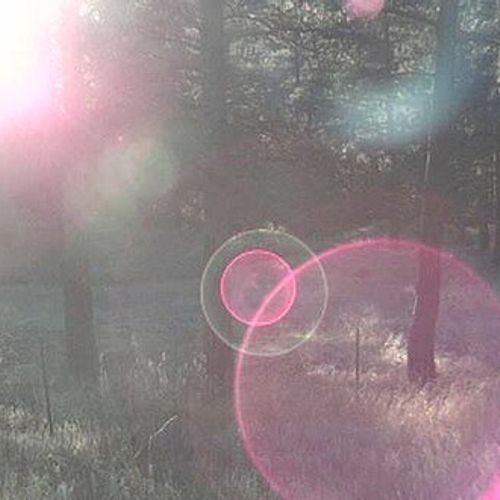
The lens consists of a set of lenses (in some lenses - of mirrors), designed for mutual compensation of aberrations and assembled into a single system.
From the contour light (bright light sources behind the subject or next to it), caught in the frame or located outside the frame, parasitic reflections from the internal elements of the lens are formed, called glare (or in slang "hares").
Events
Rocket launches (from space.skyrocket.de)
- Site: Tanegashima Space Center, Tanegashima (Japan) Vehicle: H-2A-202 Payload: Himawari 8
Investigation
Larissa has written to us in the comments: "I watched a different photo with a UFO and I think my type is similar to "Kapitaliyskom parade UFO". But only in the Moscow stories don't match the light sources on the ground and their projections in the sky."
As we already wrote in the article, "unidentified objects" in the photograph, which many sources associated with the Capitol parade UFO was a flare – imaginary objects that appeared on the photographs as the result of reflections of light from the street lights in the optical system (the lens) camera. Try to apply the same principle to the photographs contributed by Larissa.
Let's start with picture number 3, because on most objects and will be easier for us to understand the principle of image formation.
For clarity, we select all our objects, the bright green color.
Directly the light sources on the ground and glare in the night sky are not the same. But the lenses in modern cameras are quite complex, include a whole system of lenses, and imaginary objects appearing in the images can be flipped and/or mirrored. As in the story "1952 Washington merry-go-round", try to reflect the set of objects vertically and horizontally. Get another location close to
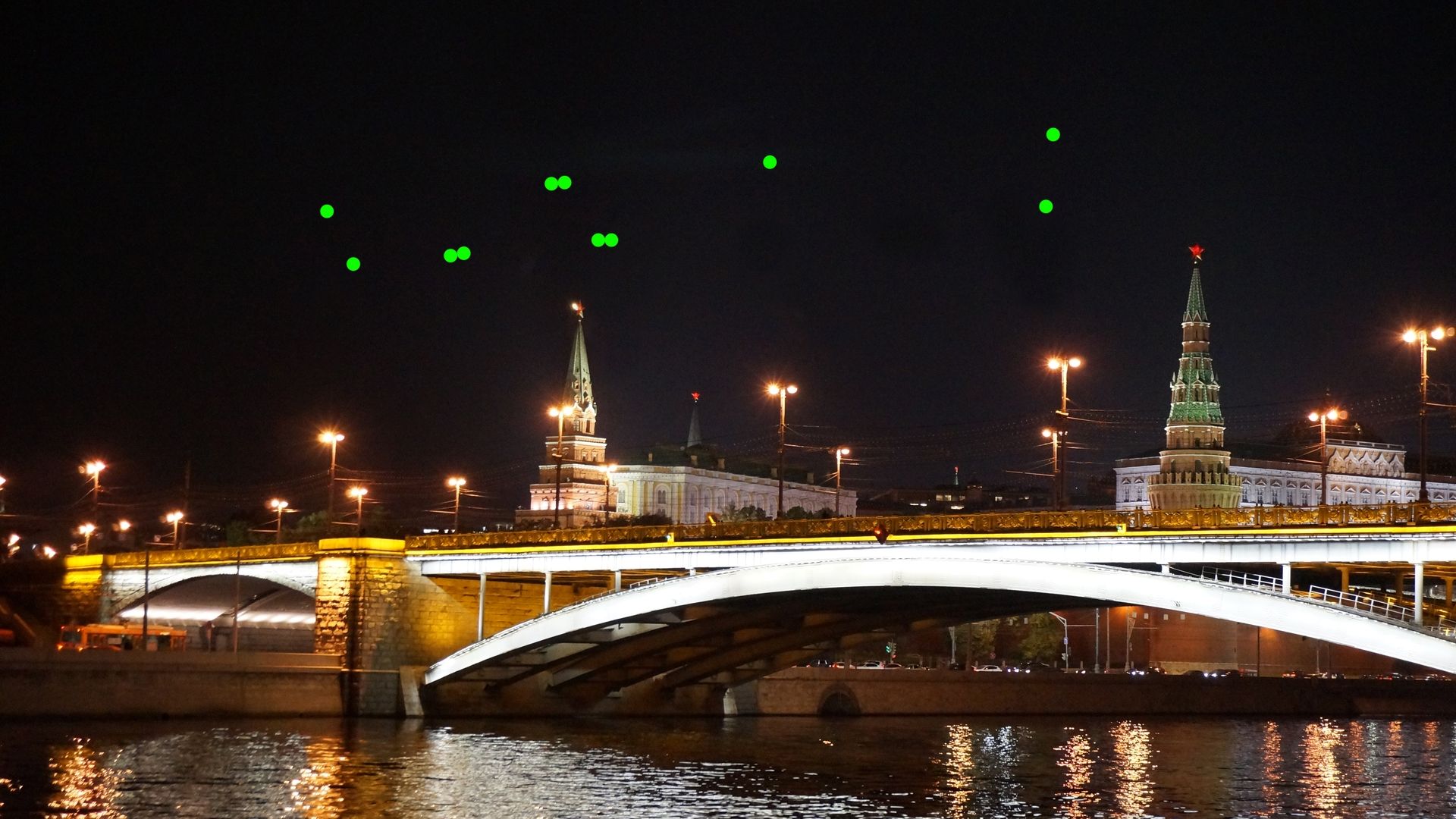
Now it coincides with the location of the light sources (lamps) on the ground:
In the same way will test that theory the principle in the picture No. 2, which shows only two of an unidentified object. Outline them in green:
Flip objects vertically and horizontally:
As in the previous case, after geometric transformations easy to find light sources that match the location with our unidentified objects. There is another line: a bright flare is coincident with a bright flashlight, and a flare with a smaller brightness light, which pomoschnee.
The No. 1 will not be considered, since there is only one object, and clearly define, from what source it is formed, will not work. However, there is no reason to think that this object is of different nature: the object in the picture number 1 looks the same as the Central objects in the pictures # 2 and 3.
Thus, we can confirm the assumption of Larissa: the objects in her photographs have the same nature, and that the alleged UFOs in the famous picture of the "Capitol parade 1952" are reflections of light on the optics of the camera.
All participants of our group, we thank Larisa Yarmak for their cooperation and providing materials.
Translated by «Yandex.Translator»
Resume
Re-reflections in lens lenses from a strong light source

The lens consists of a set of lenses (in some lenses - of mirrors), designed for mutual compensation of aberrations and assembled into a single system.
From the contour light (bright light sources behind the subject or next to it), caught in the frame or located outside the frame, parasitic reflections from the internal elements of the lens are formed, called glare (or in slang "hares").
Similar facts
Log in or register to post comments
